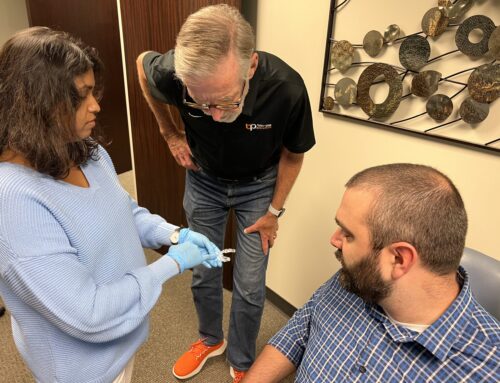We’ve shared this before, but it bears repeating. In 2017, the American Medical Association House of Delegates, in collaboration with the American Dental Association, recognized the pivotal role dentists play in addressing sleep-related breathing disorders.
This recognition marked a significant milestone in the field of dental sleep medicine, highlighting the unique expertise dentists possess in providing oral appliance therapy, particularly for patients who find continuous positive airway pressure (CPAP) therapy to not work for them.
Furthermore, dentists often serve as the first point of contact for patients facing orofacial pain issues, such as temporomandibular disorders (TMD). In this article, we delve into the crucial reasons behind dentists’ involvement in these areas and the impact they have on patients’ overall health and well-being.
Improve patients’ quality of life
Sleep apnea affects a staggering 22 million Americans, with a staggering 80% of moderate and severe cases going undiagnosed. Dental sleep medicine specialists play a vital role in identifying these cases and providing effective treatment.
Dentists, due to their frequent patient interactions, often notice symptoms early, making them pivotal in the diagnosis and management of obstructive sleep apnea. By offering oral appliance therapy, dentists contribute significantly to improving patients’ quality of life, especially for those unable to adhere to traditional CPAP therapy.
Address chronic pain and dysfunction
Temporomandibular disorders (TMD) afflict approximately 5 to 12% of the population, causing recurrent or chronic pain and dysfunction in the jaw joint. This musculoskeletal condition not only leads to suffering but also results in substantial economic burdens, costing about $4 billion annually.
However, merely 50% to two-thirds of those affected seek treatment, and only a fraction of them receive proper care. Dentists, equipped with comprehensive knowledge of craniofacial pain and TMD, can identify, diagnose, and treat these conditions effectively, alleviating pain and improving patients’ overall well-being.






